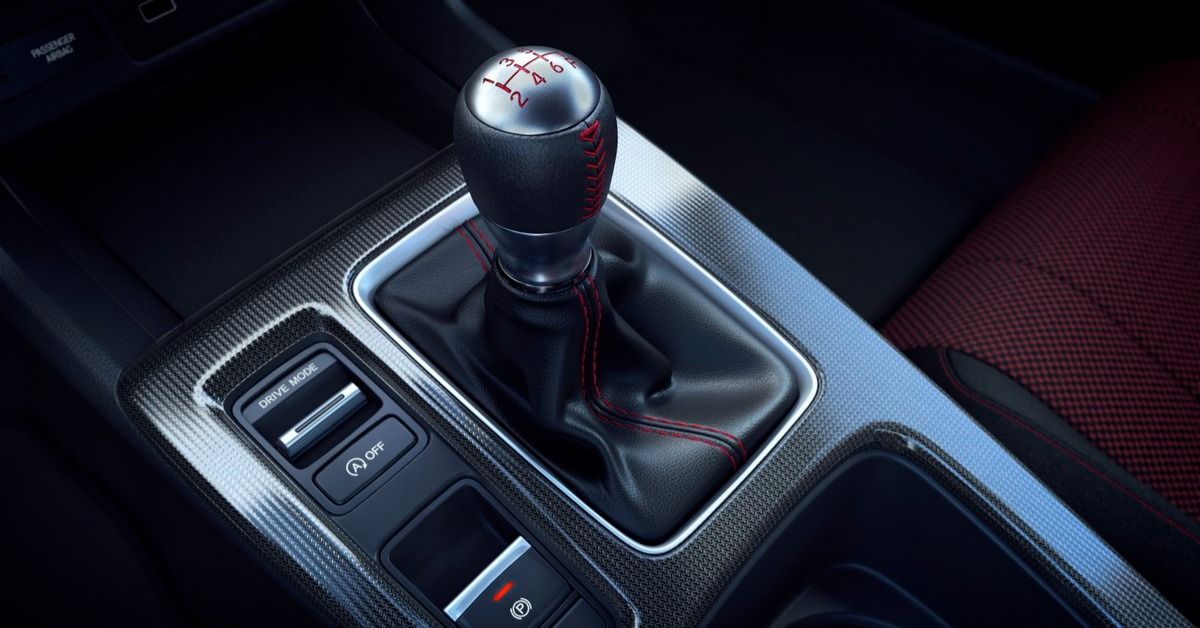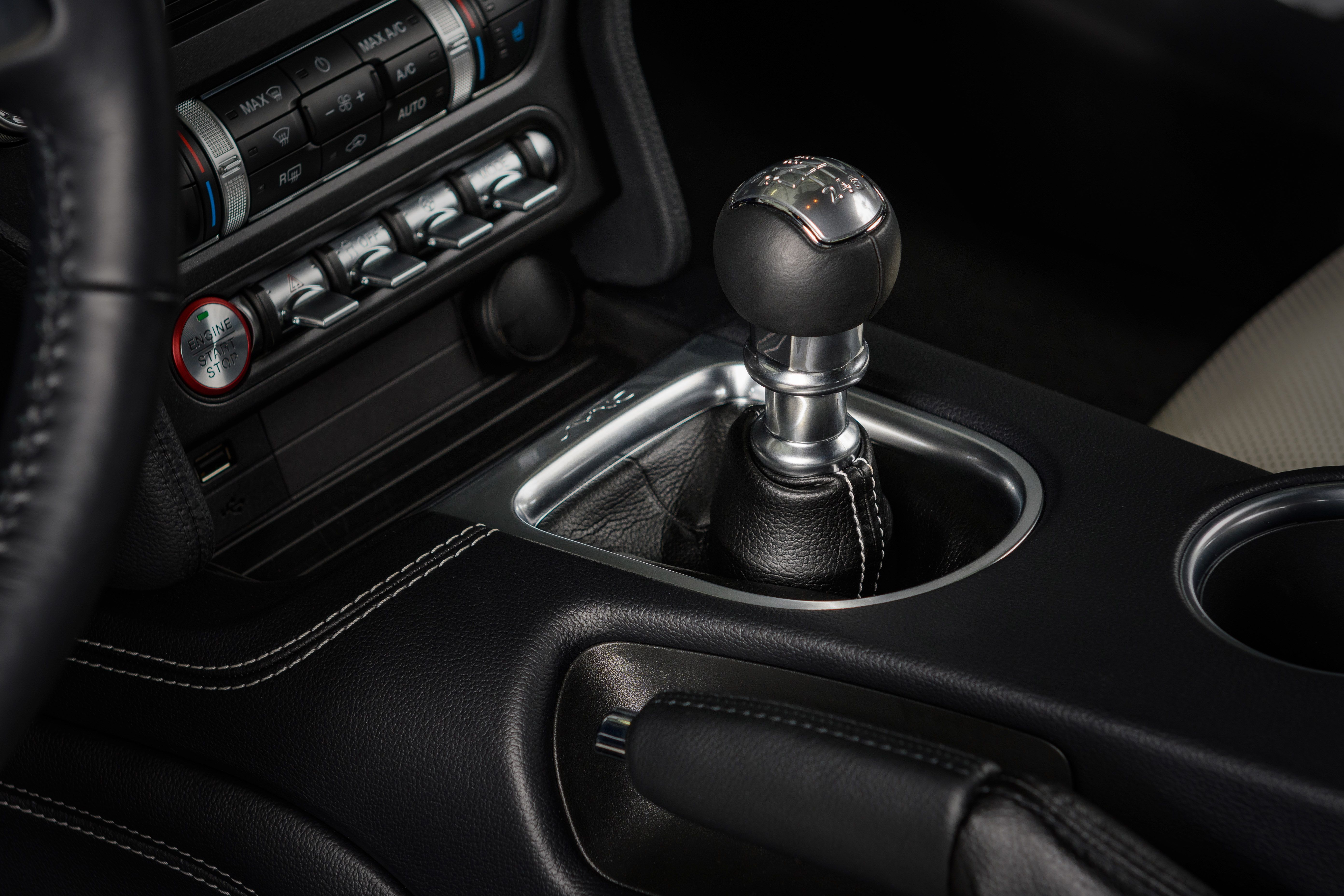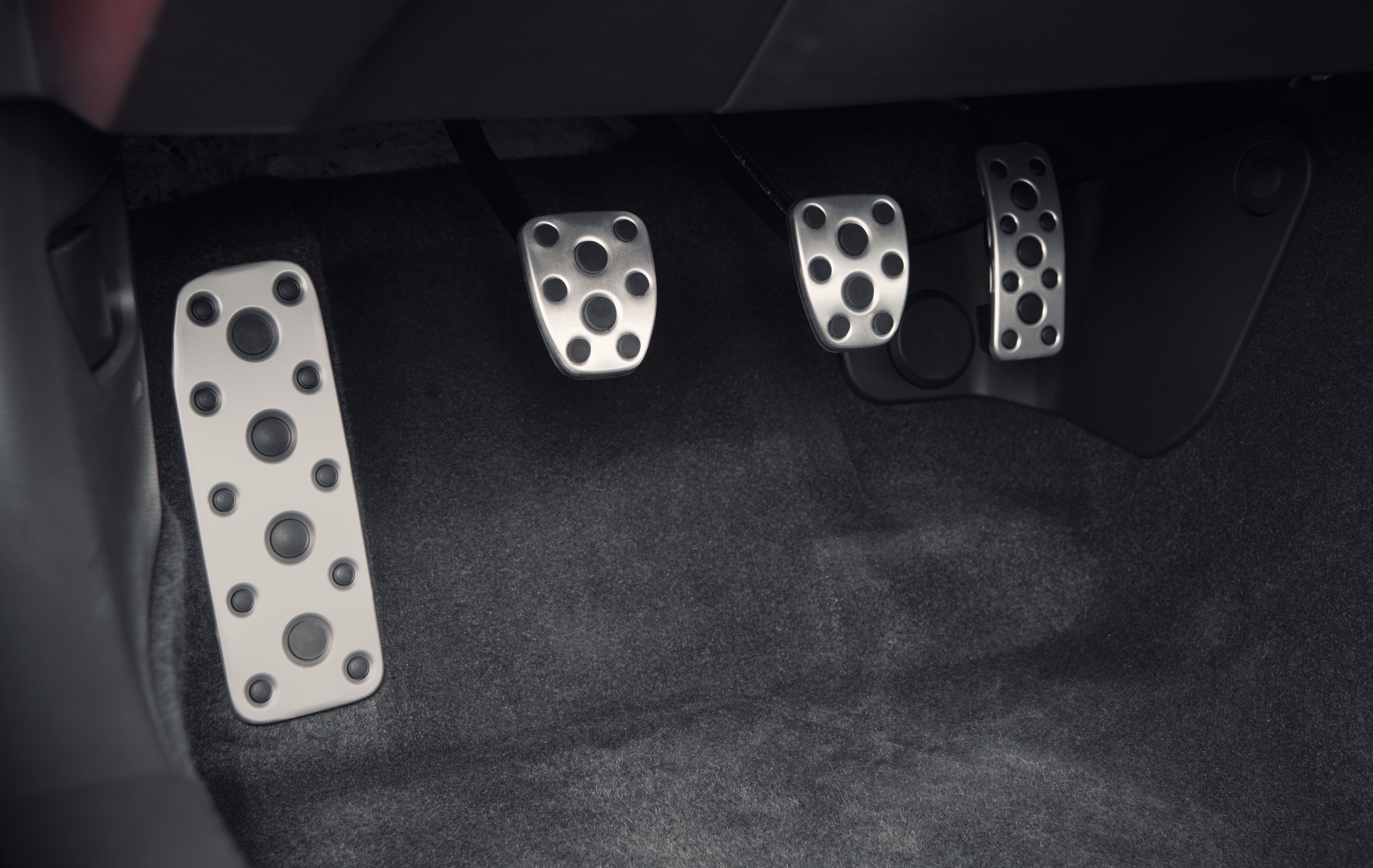Do you remember that stunning Toyota GR86 commercial named "The Focus Group?" Toyota has outdone itself with marketing efforts for this one, focusing on all drivers passionate about manual transmission in the age of its, we dare say, slow demise. As the commercial has shown, there are still people who "know and love to drive a manual," maybe even more than expected.
Adequately, quite a few vehicles from the 2022 production year offer a manual transmission to their respective customers, starting with the Porsche 718 Boxster, the Chevrolet Camaro, the Ford Mustang, the BMW M4, the Honda Civic Si, and many others. So, those who prefer a good old-fashioned manual transmission or would like to try it out for the first time have many options at their disposal.
But those not so well-versed in driving a car with a manual transmission can get a little confused about how their rides may start to behave. Admittedly, getting used to a manual and becoming a professional takes time and a lot of experience. Until then, your car may make some unusual sounds or lag on the road, which can be, without a doubt, an uncomfortable experience.
To help you master driving a manual and prevent these awkward situations on the road, today we explain rev-matching.
What Is Rev Matching, And Why Is It Important?
Let's start by explaining what rev matching is. Rev matching is a technique that drivers of cars with manual transmissions use to change gears smoothly without experiencing lurches or other disruptions. It comes down to match the engine's speed to the transmission, most frequently when shifting down a gear. But we may have rushed with this, so let's start over.
When driving an ICE vehicle, the components of your engine turn at a specific speed that your gears convert onto the wheels at a different speed. Now, the speed of your wheels and the speed of the engine are the closest in lower and most distant in higher gears, and shifting is all about matching these.
What basically happens is that, as you start to accelerate, the engine makes the wheels spin faster at lower revs, but you can smoothly shift through the gears because you continue to gain speed and can match the higher revs of the lower gear with the lower revs of the higher gear easier. The thing with downshifting is different. When you engage the clutch to downshift without changing the speed, your vehicle may lurch forward because its speed no longer matches the engine's speed. Why should this be of concern, other than you won't experience a smooth ride?
Downshifting without rev-matching can put a toll on your engine, gearbox, and drive shaft. It can even make your wheels lock and influence your control over the vehicle by changing the driving experience. So, the best you can do is to match the speed of your wheels and your engine when downshifting for a smooth experience — that is, to rev-match. We explain how to do so in the following section.
How To Do Rev Matching Correctly: Steps And Tricks
Essentially, all well-versed manual drivers use rev-matching, but not many use definitions or fancy phrases to describe it. Instead, you may hear them talk about intuition, which is often not very helpful for newbies. That's why we define rev-matching and provide tips on how to practice it to perfection.
What you should do for rev matching is slow down to a lower speed when approaching a corner, for example, and press the clutch. Because you step on the clutch, your RPMs will drop immediately, which is why you need to press the gas pedal and bring them back up. This simple action will help raise the engine speed, matching it to the lower speed, so you can then downshift and lift your foot off the clutch without experiencing any disruptions in your ride.
Many drivers also use heel and toe shifting alongside rev matching to improve the performance of their vehicles and ensure a smooth overall ride. However, while these two practices sound simple and doable in theory, you may actually find them more challenging to master than expected, so be patient and easy on yourself. The most significant thing to keep in mind here is that rev matching is a technique highly beneficial for both you and your car.
We should also mention that some car makers provide a rev-match control feature, which automatically optimizes engine revs to help drivers shift into the desired gear. This can significantly boost the driving experience for those not well-versed in rev-matching, although we recommend practicing the technique first. It's good to know all the ins and outs of driving.
Sources: Honda, The Office of Energy Efficiency and Renewable Energy (EERE)



